Toilets — like anything else — leak, wear out and break down. Replacing them is costly and usually unnecessary when just a little maintenance can do the trick. Here the top four toilet parts you should replace when problems arise.
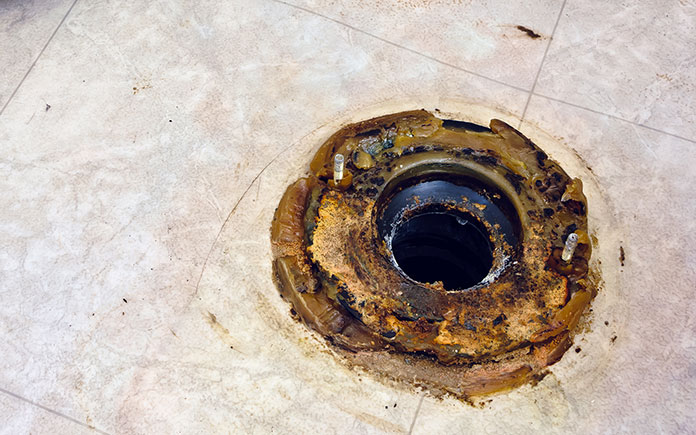
1. Wax Seal
One thing separates your toilet from the sewer: an airtight, watertight wax or non-wax seal. This seal, which surrounds the toilet’s exit hole, does more than sit between the fixture’s base and flange. It’s a safety feature, and that’s why it’s one of the most important toilet parts you could replace.
The seal prevents water from leaking as it leaves the toilet and enters the drainpipe. This prevents the kind of water damage that leads to mold and mildew, at best, and rotting that, at worst, could compromise the home’s structure.
In addition, the seal prevents harmful sewer gases from entering your living space. Hydrogen sulfide, for instance, leaves foul odors, similar to rotten eggs, but that’s the least of your worries. It’s also corrosive, flammable and poisonous.
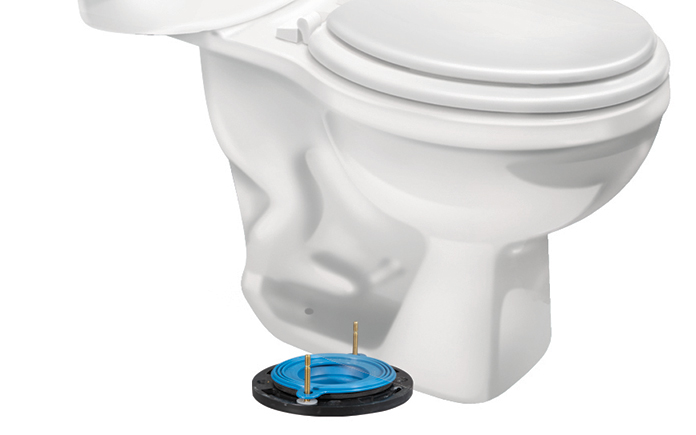
Fluidmaster’s Better Than Wax toilet seal is an easy, mess-free alternative to wax seals.
If unpleasant odors invade your bathroom, puddles form around your toilet’s base, or the fixture wobbles, you may need to replace the seal. Wax seals are easy enough to install — if you position them correctly on the first attempt — but they’re a mess when it’s time for replacement. You’ll need patience, a putty knife and plenty of time to remove the wax ring and residue.
Fluidmaster’s Better Than Wax toilet seal is a more user-friendly option. It’s rubber, so installation is easy. If you mess up on the first attempt, just pick up the toilet, reposition and try again.
Best of all, it’s guaranteed to last 10 years and it’s easy to replace.
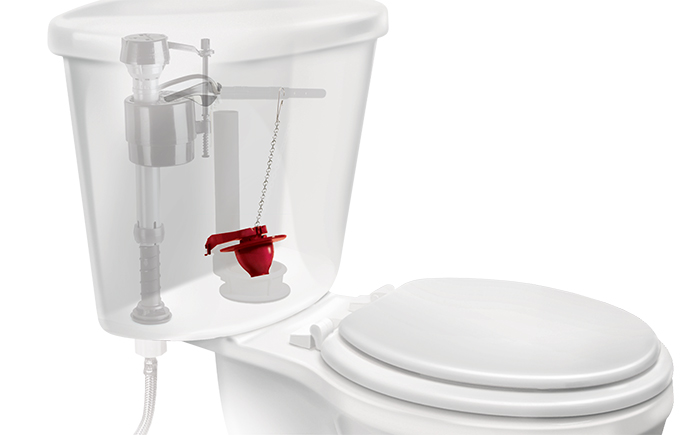
2. Flapper
The tank and bowl are a toilet’s biggest parts, but many small systems work together to keep the fixture functioning. One of the most important of these is the flapper.
Toilet bowls are useless without water, which comes from the tank. When you flush, the flapper drains water from the tank, into the flush valve and into the bowl.
Flappers are made of rubber, which hardens or warps after four or five years. This prevents them from creating a seal and stopping water’s passage from the flush valve into the bowl.
A constantly trickling toilet isn’t just annoying, it can waste hundreds of gallons of water and substantially increase your water bill.
If you have a leaking or constantly running toilet, you may need a new flapper, or even a kit that includes the flapper and flush valve. Fluidmaster has a range of flappers to fit just about any toilet.
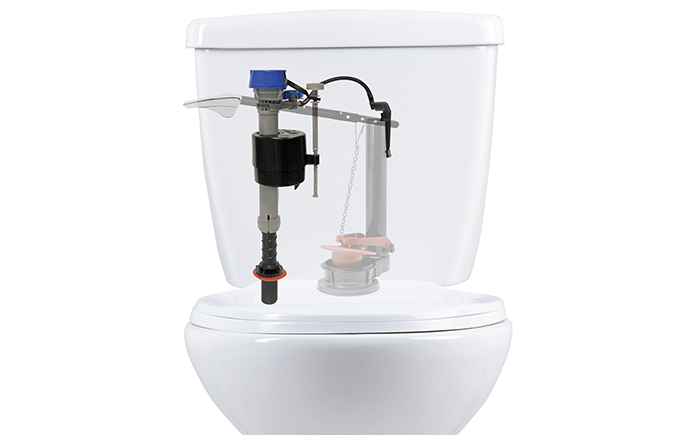
3. Fill Valve
Having too much water is a problem, but so is having too little water.
A toilet tank that’s noisy, constantly running or fills up slowly is an inconvenience that wastes your time. And if the tank doesn’t fill at all, the fixture is unfunctional and useless.
Why deal with that — or pay a plumber — when you could just fix the problem yourself at a fraction of the cost?
When you flush a toilet, the fill valve refills the tank and bowl to their correct water levels. (Older toilets use ballcock assemblies to prevent overflow and backflow.) This is why it’s one of the most important toilet parts to replace.
The fill valve is constantly exposed to water, so clogs or leaks are inevitable, and the assembly itself usually lasts about five years.
Fortunately, Fluidmaster’s PerforMAX 400H Toilet Fill Valve converts a noisy, slow-filling toilet into a quiet fixture with a more powerful flush.
Best of all, its universal design fits most toilets.
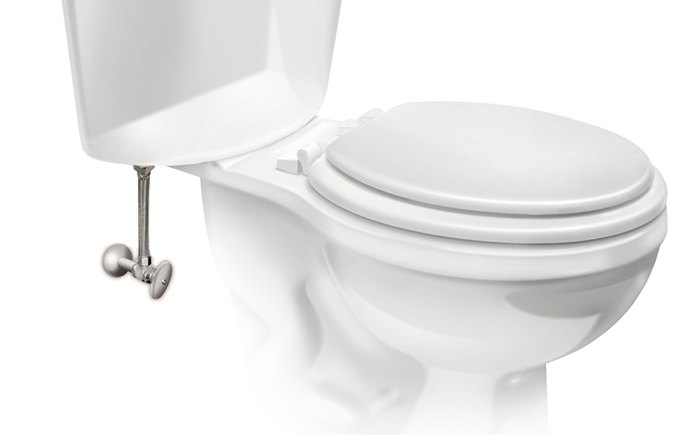
4. Water Supply Line
Toilets have two important connections: between the shutoff valve and water supply line, and the water supply line and fill valve.
If your toilet is leaking from the water supply line, you may have to replace some parts, or it could be due to a loose connection.
The connection between the water supply line and the fill valve is usually hand-tightened and may need adjusting. If that doesn’t solve the problem, and the connection at the shutoff valve isn’t leaking, it may be time to replace the water supply line. This part usually lasts about 10 years.
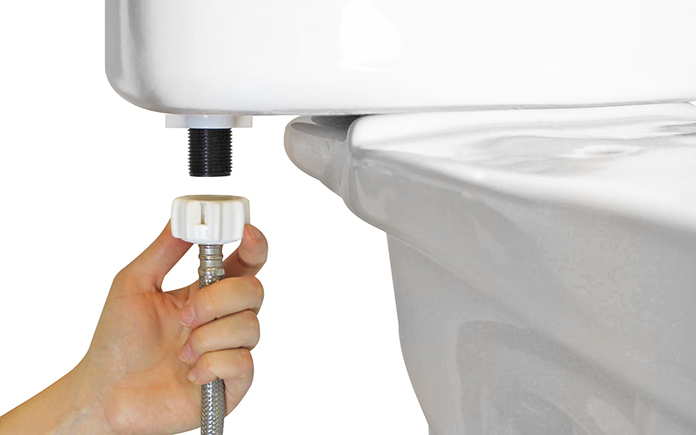
Fluidmaster’s Click Seal Water Supply Lines are built to last and take the guesswork out of the tightening.
The steel-braid provides the strength and durability necessary for passage of water, and the connectors click to signal a secure fit.
Toilets, and their parts, don’t last forever. But you can extend your toilet’s life — and save some money — with these simple fixes.
Learn about more products to keep your toilet operating efficiently at Fluidmaster.




